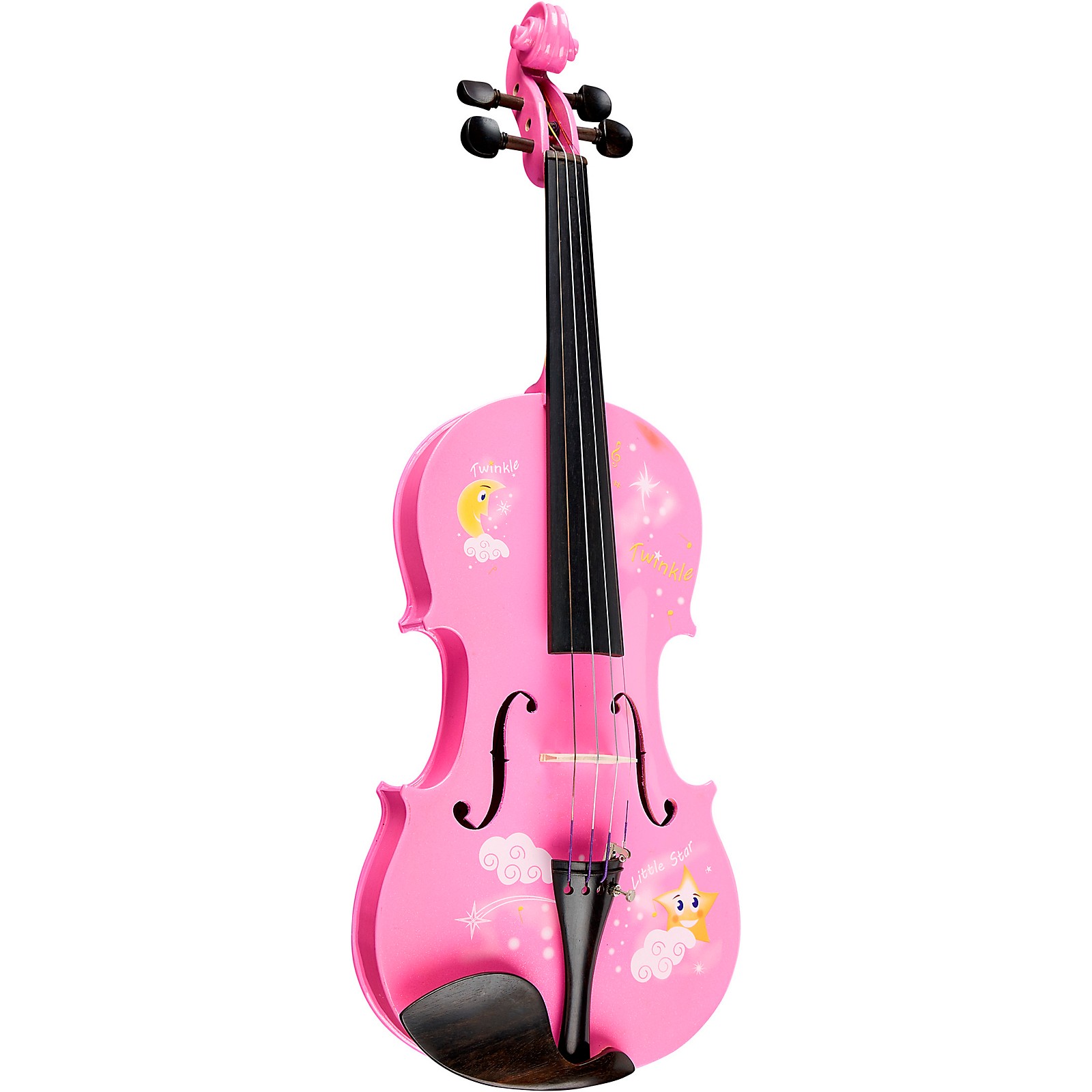
This kind of practice is especially helpful for children sitting their first exam. This will help prepare for the exam structure, the types of questions and the experience of sitting an exam under the appropriate conditions. Students will typically sit several mock exams in the run up to the real exam. These official Sample Papers allow you to practice sitting your ABRSM Remote Music Theory Exams, with questions simulating those that you’ll find in the actual exam. This will enable you/your child to sit mock exams at home to get a feel for the structure of the exam and the exam questions.Īlthough not part of the Discovering Music Theory Series, the ABRSM Music Theory Sample Papers are an important part of practicing and preparing for an ABRSM Music Theory exam. Where possible, the guidance of a teacher is always recommended.Īs part of you or your child’s preparation for a music theory exam, we recommend purchasing some Practice Papers. Armed with the Answer Book, most parents will be able to help their child through the exercises. In our experience, we’ve found the Discovering Music Theory Workbook to be a useful learning tool for children to work through in-between their normal music lessons. As you complete each section, the teacher can review it, in line with your lesson progress. If you are working with a music teacher, the teacher will usually go through the Workbook with you. The Answer Book is an ideal way to check the exercises from the Workbook have been completed correctly. If you are learning alone, or if you are a parent assisting your child, you may want to purchase the accompanying Answer Book. This book contains all the preparatory activities to practice for your (or your child’s) forthcoming music theory exam. While I may not agree with that, it does show that there certainly is something to that piano! I started taking piano lessons during the summer, just for the theory, and having that experience really helped in the future.The Workbook is the book most people will want to buy.

My current violin teacher insists that it's "really the pianist's job" to teach theory. I guess having all the notes laid out in front of you makes it easier to grasp, as opposed to the rather abstract fingerboard. I notice that in general, pianists tend to be really super good at teaching theory. The thing, I realize now, that really made me start grasping theory was having to cram for the Certificate of Merit test, which includes a played portion, sight-reading and, of course, theory. There are already two fantastic answers here, but I thought I'd add my two cents.Īs a Suzuki student myself, I realize I didn't actually really start learning theory - and understanding it - until my fourth year or so, when I started actually enjoying violin.

If your student has trouble in any of these areas you may need to go back and work on those skills before progressing forward, or start adding them in as you work in Suzuki Book 2. I teach my students to read music right from the beginning, so by the time a student reaches Suzuki Book 2 this is what they would most likely know theory wise:ġ) A, G, D, and C scales (at least 2 octaves) and their corresponding arpeggiosĢ) They would have gone through all the songs in Suzuki Book 1 using the following approach:ģ) They would know what both numbers of their time signature meant and how it relates to tapping and saying their rhythmĤ) They would be able to name the sharps (or flats) in their key signature and tell me why they're there and name the key of the pieceĥ) They would know all the dynamic markings presented in Suzuki Book 1 as well as accents and staccato marks, etc.īasically anything that's written on the page in the Suzuki Book 1 songs the student should be able to identify, explain and execute. I'm a violin teacher and use the Suzuki books as well, but do not use the Suzuki approach.

Some of my peers who played string instruments did not learn music theory before coming to college and ended up doing okay in the class so I don't think it's universal for violinists to learn theory, but it is definitely a useful skill. From a google search it looks like there are theory method books for violin as well so I would suggest looking into those! But it is hard to learn theory if you aren't very advanced at reading music. I ended up learning most of my music theory when I started taking piano also from my violin teacher.
#All for strings theory workbook 1 violin answers how to#
You could teach your student how to identify what key each piece was in, although I doubt you have very many to choose from. If your student doesn't have that opportunity perhaps you should look into having a theory section of the lesson. I believe I learned music theory (or started to) in group classes with games. Did you get to the Tonalization exercise yet?

This may or may not help but what you're suggesting sounds similar to how I learned the violin.


 0 kommentar(er)
0 kommentar(er)
